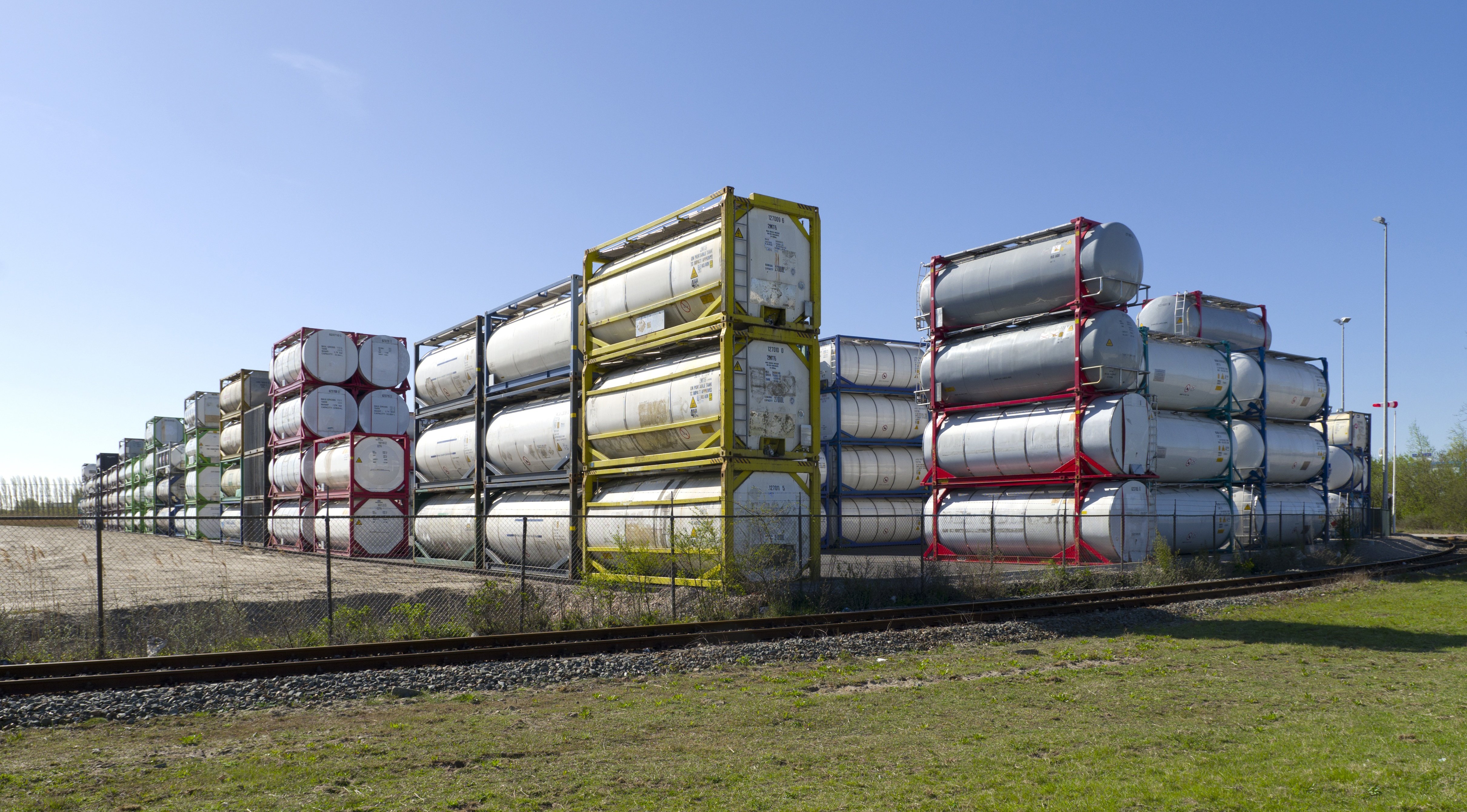 The chemical industry, the food industry and a variety of others make use of ISO containers, also known as isotainers and seatainers. These are essentially round tanks fixed in rectangular frames to allow for easy stacking on ships. When they’re not being transported via ship or barge, these containers are transferred onto different types of chassis and driven to their final destination.
The chemical industry, the food industry and a variety of others make use of ISO containers, also known as isotainers and seatainers. These are essentially round tanks fixed in rectangular frames to allow for easy stacking on ships. When they’re not being transported via ship or barge, these containers are transferred onto different types of chassis and driven to their final destination.
There are a number of safety concerns that must be addressed when loading and unloading ISO containers. As you develop a safety solution for your work site, consider the following isotainer safety challenges:
Wide Variety Of Configurations
While the International Standards Organization (ISO) regulates the dimensions of ISO containers, they come in a wide variety of sizes and configurations, each designed for a specific purpose. These containers must be loaded and unloaded in different ways, making it difficult for facilities to provide a comprehensive safety solution.
According to engineering resource IHS Engineering360, the basic types of ISO containers your workers encounter include:
- Insulated or thermal containers
- Dry freight or cube containers
- “Reefer” or refrigeration containers
- Open-top containers
- Flat racks and platforms
- Tank containers
Lately, some companies have been adding elements to ISO container frames that create additional configuration issues. Extensions to the middle of the crossbar, for example, could add 12” to the frame, making the frames unstackable. Companies in the U.S. that send containers out of the country may also have to accommodate configurations and foreign standards that differ from those set by the ISO.
Adding to the complexity are the different container sizes available. While the standard height of an ISO container is 8’6”, they range from 4’ to 9’6”. Most ISO containers are 20’ or 40’ in length, but they also come in seven other sizes. And, while most containers are 8’ wide, there are at least eight other width variations.
Lack Of Standard Safety Protocols
When working with ISO containers, companies must have internal workplace safety protocols in place and ensure that workers are both aware of the protocols and following the correct procedures. Since ISO containers are considered rolling stock once they leave the dock, OSHA does not provide explicit safety standards. Your company must take a proactive approach to safety to remain in compliance with the General Duty Clause of the Occupational Safety and Health Act.
The General Duty Clause states that your company is responsible for being aware of best safety practices in your industry and how competitors are reacting to their own safety incidents. It also states that you have an obligation to protect workers from serious or recognized safety hazards, even when no OSHA standard exists.
Some facility managers may not be aware of specialized equipment designed to protect employees during the loading and unloading process. Without the necessary safety equipment, employees often use unsafe workarounds when unloading an isotainer, increasing the risk of a citation or incident.
Being aware of the safety challenges associated with isotainers is essential for protecting your workers and avoiding OSHA citations. When you improve workplace safety, your employees become more satisfied with their jobs, and you reduce your company’s liability.
In parts two and three of this blog series, you will learn about additional safety challenges that come with handling ISO containers and proactive safety solutions you are able to implement for your work site.
Is your work site prepared for a safety evaluation? Learn whether your safety precautions truly protect your employees by taking this free quiz.



